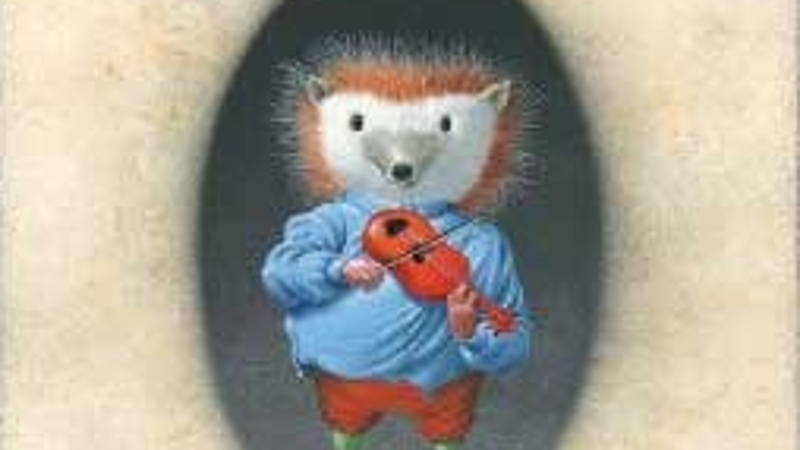 Disclosure: I did not receive any compensation for this review. I tried to contact the Brothers Grimm in a seance to see if they had any long lost manuscripts I could pawn on eBay, but there was no response. Cover art is copyright of Atheneum Books for Young Readers.*
Disclosure: I did not receive any compensation for this review. I tried to contact the Brothers Grimm in a seance to see if they had any long lost manuscripts I could pawn on eBay, but there was no response. Cover art is copyright of Atheneum Books for Young Readers.*
Once upon a time there was a couple who looked like they stepped out of a Renaissance painting. Like many people who are comprised of paint, they were infertile. They wished more than anything for a child. Their wish came true and they had a baby boy. This baby boy was a hedgehog with human legs. Because this couple were so literal, they named their son Hans My Hedgehog.
This is a retelling of Hans My Hedgehog, a Brothers Grimm fairy tale. Kate Coomb’s writing is seemless and John Nickle’s illustrations complement the fairy tale genre.
“Each note slipped between
the trees like a spell.
The pigs, listening below,
were steeped in magic.”
Hans – like most hedgehogs – is a bit of a loner. A self-proclaimed outcast if you will. He spends his time in the forest, frolicking with pigs, playing the fiddle, and flying on a rooster. Seems legit. The probability of a rooster flying expertly while being ridden by a hedgehog is on par with fairies, and this is a fairy tale.
Hans lives near two kingdoms. Both of these kingdoms are run by monarchs with no sense of direction, who each decide to go off on their own, and subsequently get lost in the forest. Hans helps both kings in turn, but asks that in return for his help they give him the first thing that they meet when they get home. This “thing” in both men’s cases is their daughters. Talk about objectifying women! The question is, which king will deliver when Hans comes to collect? Yes, that does sound creepy. Because it is.
This is a (marginally) less messed up retelling of Hans My Hedgehog. It’s still whack and rife with objectification and misogyny, but the original story is maximum cringe. Hans is more romanticised in this version. I’m not sure this is a good thing, but it makes for a nice story to read to your children, so that they can be traumatised by the original fairy tale later in life.

